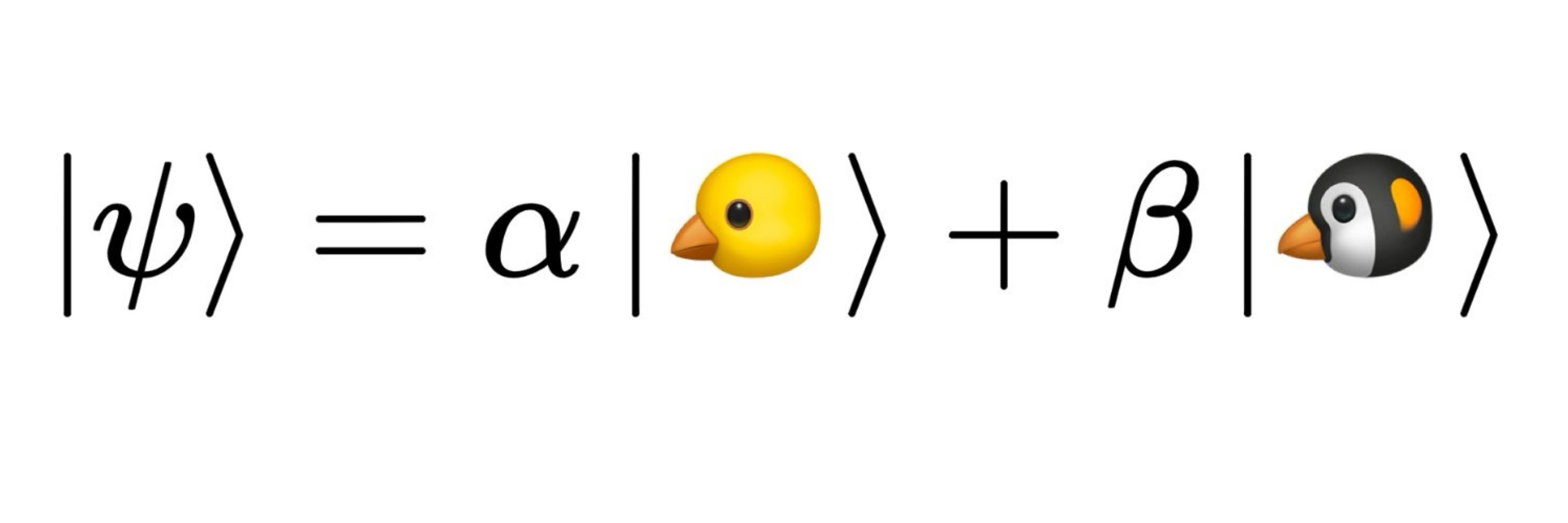
Me: dude, just write which is which, I won’t remember the 1-bit encoding in 5 minutes.
Me: dude, just write which is which, I won’t remember the 1-bit encoding in 5 minutes.


zapataquantum.com

me: ok, I'll let you know if she answers. go to sleep now.
son: will you let me know if she doesn't answer?
me: but... it's the halting problem.
son: ?
me: never mind, son. go to sleep.
me: ok, I'll let you know if she answers. go to sleep now.
son: will you let me know if she doesn't answer?
me: but... it's the halting problem.
son: ?
me: never mind, son. go to sleep.
Quantum repeater protocols must decide when to perform entanglement-distillation - but should that decision be local or global?
We find that global policies can make or break secure communication. 🔑
1/8
arxiv.org/abs/2510.06737

Quantum repeater protocols must decide when to perform entanglement-distillation - but should that decision be local or global?
We find that global policies can make or break secure communication. 🔑
1/8
arxiv.org/abs/2510.06737
Simulation can be used to quickly benchmark the code under various parameters.
Contributions are welcome.
github.com/DeDuckProjec...


Simulation can be used to quickly benchmark the code under various parameters.
Contributions are welcome.
github.com/DeDuckProjec...
@quantuminthings.bsky.social

@quantuminthings.bsky.social



Turns out they were talking about croissants.
🤦🏻♂️
Turns out they were talking about croissants.
🤦🏻♂️
It wasn't measurement back-action.
XXXX and ZZZZ do commute.

It wasn't measurement back-action.
XXXX and ZZZZ do commute.

Entanglement distillation (or purification) is a central operation in quantum communication. Two parties generate many noisy EPR pairs, and then transform them...
deduckproject.github.io/epp-demo/

Entanglement distillation (or purification) is a central operation in quantum communication. Two parties generate many noisy EPR pairs, and then transform them...
deduckproject.github.io/epp-demo/
Code in the comments
Code in the comments

All I could think of was how appropriate it was that we were simulating the 1d Ising model.
All I could think of was how appropriate it was that we were simulating the 1d Ising model.






